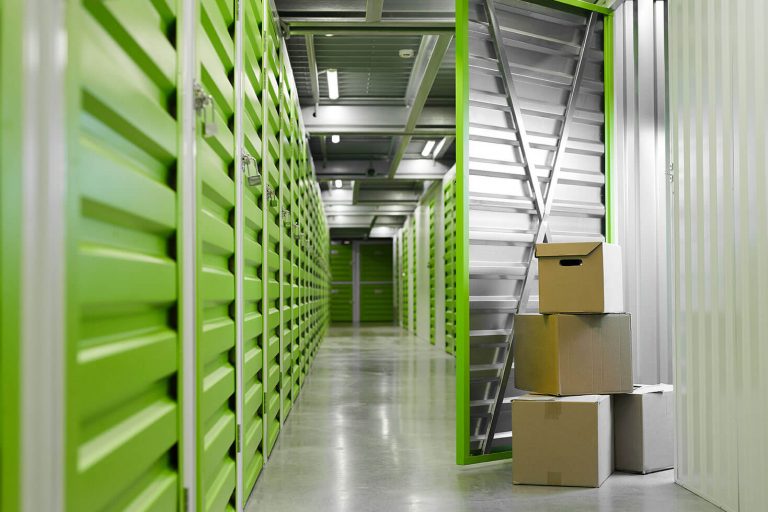Tax Savings Under CARES Act
On March 27, 2020, the “CARES ACT,” a $2.2 trillion stimulus package, was signed into law as a response to the COVID-19 pandemic. By now, you have likely applied for a Small Business Association (SBA) loan and have the application process well underway. To maximize your tax savings under the CARES Act, all taxpayers owning commercial property should look at their 2019 tax filings to ensure they have maximized all deductions.
Many taxpayers have already filed and paid their 2019 taxes, but they still have time to claim additional hidden deductions that can be unlocked through a cost segregation study.
A cost segregation study takes depreciation on real estate and accelerates a portion of those deductions into shorter lives. With the current bonus depreciation rules, those deductions can often be accelerated to the current tax year.
For many taxpayers, these deductions can equate to 20 percent or more of their commercial real estate assets. Switching from straight-line depreciation to a cost segregation depreciation method could potentially unlock huge deductions that can be applied to gains on a 2019 tax return. Ideally, these deductions could exceed current taxable income and produce a Net Operating Loss (NOL).
Increase Your Cash Flow Under the New CARES Act
With a Net Operating Loss under the new CARES Act, no taxes would be owed on 2019 income, and the additional losses can now create refunds from past years taxes paid on past years gains.
The CARES Act uses deductions to create a tax loss to generate instant and potentially significant cash flow in the form of a tax refund when the 2019 return is filed.
The CARES Act provides that Net Operating Losses (NOLs) shall be treated as a carryback to each of the five preceding taxable years unless the taxpayer elects to forego the carryback. Thus, NOLs arising in 2018, 2019, and 2020 could be carried back as far as 2013, 2014, and 2015, respectively.
Not only are 2019 taxes owed mitigated, but any losses created would be applied or carried back against gains in the last five years resulting in a refund from past years’ payments.
This is a cash flow strategy for taxpayers with a portfolio of commercial buildings that have not taken advantage of accelerated depreciation in the past. A cost segregation specialist can create accelerated deductions today that are applied to current and past tax payments, resulting in a refund in the next few months to help commercial building owners weather the current economic storm.
Speak with your CSSI® Representative to maximize your tax savings under the CARES Act using cost segregation, and we’ll estimate your potential cash flow from fully utilizing the CARES Act NOL incentives.
By: David Deshotels, Executive Vice President




